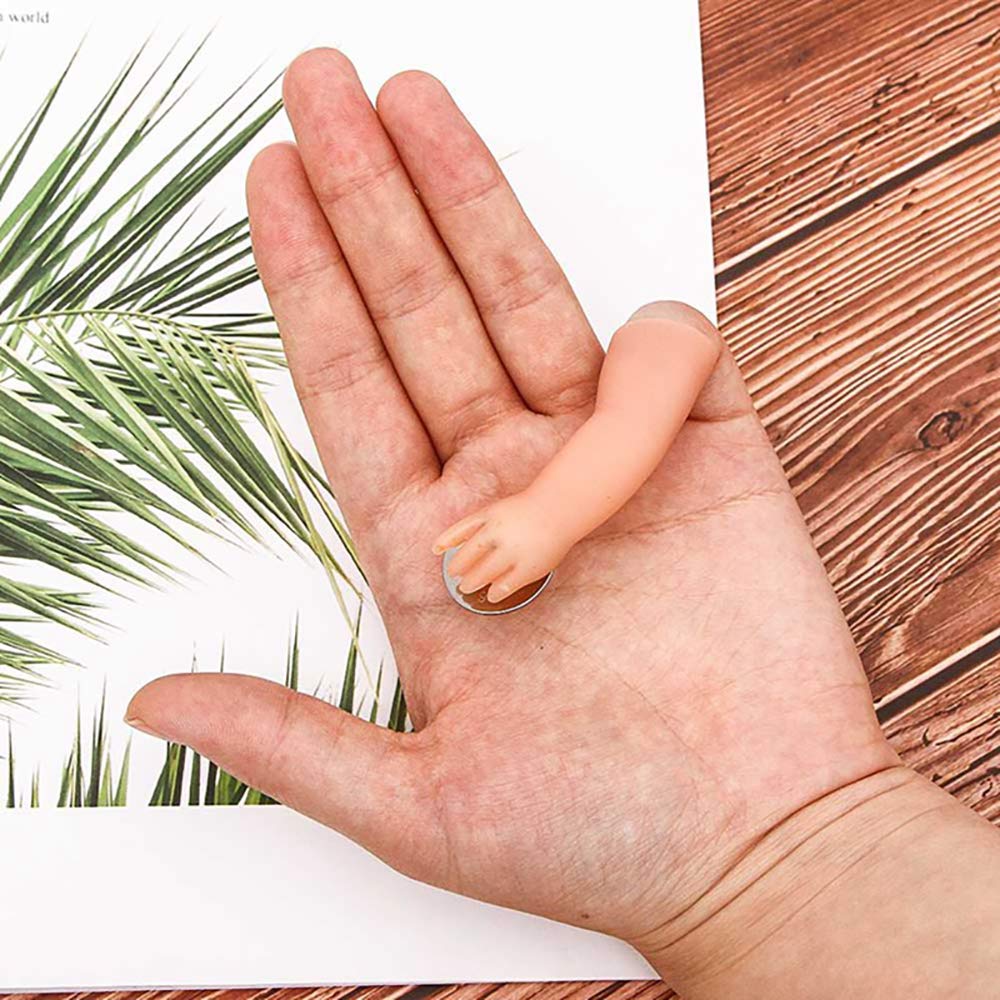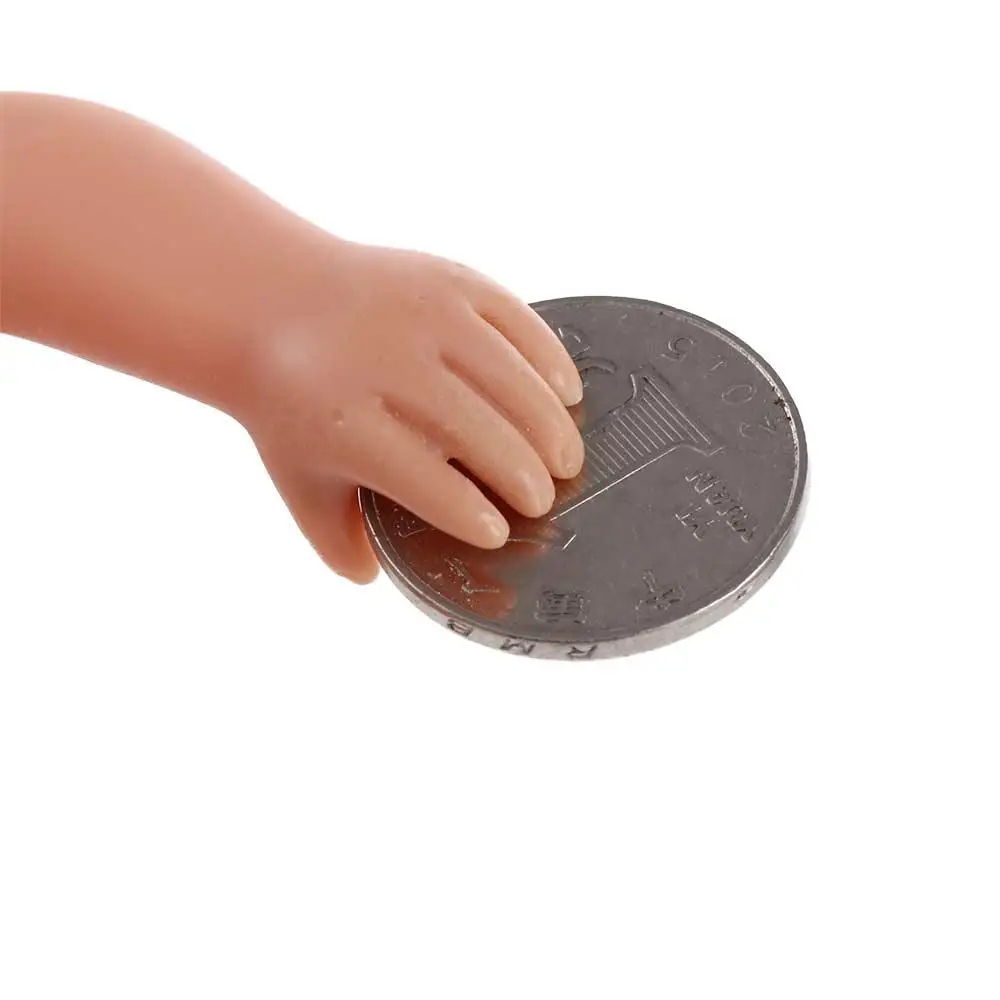Introduction to Coin Magic
Coin magic holds a special place in the world of illusions. Its simplicity and accessibility make it a favorite among both beginner and skilled magicians. Imagine the amazement on an audience’s face when a coin they were just looking at vanishes into thin air. The beauty of coin magic lies in its subtlety and the grace with which the magician carries out the trick.
Performing a magic trick coin in hand requires minimal setup, which is why it’s perfect for impromptu performances. You can carry a coin with you at all times, ready to dazzle at a moment’s notice. Coin magic isn’t just about the vanish though—it is a broad field, with many different techniques and tricks to master.
For those new to the art, it’s important to learn the essentials of coin magic. This involves understanding the various grips, palms, and basic manipulations. As you delve deeper, you will discover there’s more to it than just making a coin disappear. You’ll encounter an array of methods to produce, multiply, and even teleport coins.
True mastery of coin magic comes from diligent practice and a deep understanding of sleight of hand. The smallest movement can make all the difference. These movements need to become second nature to perform the illusion flawlessly. The journey begins here, as we introduce you to the enchanting world of coin magic.

The Art of Sleight of Hand
Sleight of hand is key in performing magic tricks, particularly with a magic trick coin in hand. It is about finesse and precision. This craft transforms simple gestures into moments of wonder. It includes several techniques that require a blend of skill, practice, and natural flair.
Mastering sleight of hand takes time. Beginners might feel daunted at first. But with patient and persistent practice, it becomes instinctive. The most skilled magicians make complex moves look effortless. They disguise their methods under the illusion of simplicity.
The basics involve palm, pass, and finger techniques. A magician must learn to control their gestures. They need to make each motion fluid. Their actions should not draw suspicion. The sleight of hand is not just in the fingers but in the entire body’s movement. A magician’s posture and demeanor play significant roles in the performance.
Controlled breathing is often overlooked but vital. It helps magicians stay calm and focused. Any sign of nervousness can give away a trick. Learning sleight of hand is about more than manual dexterity. It is a full sensory and psychological experience, both for the magician and the audience.
The goal is to achieve a performance where the audience never suspects a trick. The magic feels real, and the magician becomes a master of the impossible. That’s the true art of sleight of hand.
Step-by-Step Guide to the French Drop
The French Drop is a cornerstone trick for magicians looking to master a magic trick coin in hand. It serves as an ideal entry into the realm of coin magic due to its fundamental nature and the astonishing reaction it garners. Below is a simplified step-by-step guide to help you understand and execute this sleight of hand with ease.
- Position the Coin: Start with a coin in your left hand. Let it rest comfortably between your thumb and fingers, palm facing up.
- The Pretend Pluck: Move your right hand over the coin. Pretend to grab the coin with your right hand. The thumb goes under and fingers on top.
- The Key Move: When your right hand covers the coin, secretly let the coin drop into your left palm. This should happen as your right hand closes as if grasping the coin.
- Misdirection: Close your right hand into a fist, simulating that it holds the coin. Shift your audience’s focus by lifting your right hand towards your head.
- The Reveal: Open both hands. The coin seems to have vanished from the right hand. Show your left hand empty too by subtly getting rid of the coin.
Practice this trick until your movements are natural and your timing is perfect. Remember to keep your motions fluid and distraction at its peak during the pivotal moment of the drop. The success of the French Drop lies in your audience’s belief that the coin continues to exist in your right hand even after it has disappeared. Use misdirection to your full advantage, directing attention away at the crucial moment. Performing the French Drop seamlessly is your first step into the world of magic that relies on dexterity and psychology. Embrace the journey and relish the thrill of executing a perfect French Drop.

The Importance of Misdirection
Misdirection is a magician’s secret weapon. It’s crucial for a magic trick coin in hand. When magicians use misdirection, they guide the audience’s focus away from the trick. This allows the magician to perform sleight of hand unnoticed. With misdirection, the audience looks one way while the trick happens in another.
To master misdirection, you must understand where and how people look. You’ll need to control their attention. Use gestures or a story to lead their focus. For example, in the French Drop, you lift your hand as if the coin is there. This draws their eyes up and away from where the coin actually is.
Effective misdirection takes practice. Start simple. Work on one trick at a time. Train your audience to follow cues. A nod or glance can move their attention. Learn to be calm and confident. This makes your misdirection feel natural.
Remember, a successful trick isn’t just about the hands. It’s about the whole performance. Audiences remember how you made them feel. Misdirection helps create that magic moment. When done right, they’ll never forget the wonder you sparked in them.
Practice Techniques for Perfect Timing
Perfect timing is crucial when performing a magic trick coin in hand. To make the French Drop and other sleight of hand maneuvers convincing, you must practice until the timing of your actions becomes second nature. Here are some techniques that can help you achieve this.
- Repetition: Start with the basic movement of the coin trick. Repeat it many times. Do it slowly. Then gradually increase your speed as you get better.
- Use a Mirror: Practicing in front of a mirror helps. You can see what the audience sees. Make adjustments until your movements look natural.
- Record Your Practice: Video record your sessions. Watch them back. This allows you to spot timing issues or awkward movements that need work.
- Work with a Rhythm: Sometimes using a metronome or music helps. They provide a steady rhythm. Practice your trick to a beat to ensure consistent timing.
- Perform for Others: Try the trick on friends or family. They can give you live feedback. This also helps you get used to performing under pressure.
- Visualize Success: Before performing, visualize the trick perfectly. This mental rehearsal sets you up for better execution.
- Stay Relaxed: Keep your body and mind calm. Tension can disrupt your timing. Take deep breaths and stay focused.
Remember, practice makes perfect. Work hard and be patient. Your efforts will pay off when you perform the magic trick coin in hand flawlessly.
Common Mistakes to Avoid
Even the most seasoned magicians were once beginners who made mistakes while performing a magic trick coin in hand. To aid your learning curve, here are common missteps to watch out for when practicing the French Drop and other coin tricks:
- Rushing the Trick: Patience is key. Don’t rush through the movements. Give each step its due time.
- Ignoring Audience Angle: Be mindful of your audience’s perspective. Perform the trick from an angle that keeps the secret safe.
- Overcomplicating Movements: Keep it simple. Unnecessary movements can draw attention and raise suspicion.
- Forgetting to Practice: Regular practice is crucial. You can’t expect to perfect a trick without repetition.
- Neglecting Misdirection: Misdirection is critical. Without it, the audience may easily spot the coin’s whereabouts.
- Not Being Relaxed: Stay calm. Nervousness can lead to mistakes and make the audience skeptical.
- Inconsistent Handling: Be consistent with how you handle coins, whether in practice or performance.
- Failing to Engage the Audience: Interact with your spectators. Keep them engaged to strengthen the illusion.
Remember, avoiding these mistakes helps create a more believable magic experience. When you perform a magic trick coin in hand with confidence, your audience is more likely to be mesmerized by your sleight of hand.

Advancing Your Magic: Next Level Tricks
Once you’ve mastered the French Drop, it’s time to add more flair to your magic trick coin in hand. Advanced tricks will not only enchant your audience, they will solidify your status as a skilled magician. Here are next level tricks to practice:
- Coin Transposition: Make the coin jump from one hand to the other magically. Misdirection is key here. Focus on the timing of your hand movements.
- Coin Through Table: Tap a coin on a table. Then, with a swift motion, drop it so it seems to pass through. This trick needs a practiced hand to look real.
- Finger Palm Vanish: Hide a coin in the palm while pretending to hold it in your fingers. The secret is in how you move your fingers.
- Classic Palm: Keep a coin in your palm while your hands seem empty. It requires tension control and a natural hand position.
- Multiple Coin Production: Reveal several coins from a seemingly empty hand. Misdirection and finger dexterity play big roles.
Practice these tricks with patience. With each one, focus on refining your misdirection and timing. Mistakes happen, but they teach you. Keep your movements easy and swift. Watch how others react to find out what works. Keep your magic simple. That way, the trick stays surprising and delightful.
Remember, the more you practice, the more natural your sleight of hand becomes. Your coin tricks will look seamless, and your audience will be amazed every time you perform.
Final Thoughts: Building Your Magician’s Persona
Mastering a magic trick coin in hand is just the start. Building a magician’s persona is your next step. This persona is your unique magic identity. It sets you apart and tells your story. Consider the greats, like Houdini or Copperfield. Their personas were compelling. Your persona adds depth to your tricks. It engages your audience even before the trick starts.
Creating a persona involves a few key components:
- Develop a Style: Choose a look that reflects your magic. It could be elegant, whimsical, or mysterious. Be consistent with your style.
- Craft a Backstory: What is the origin of your magic? A backstory can add intrigue and connect you with the audience.
- Engage with Confidence: Confidence draws people in. Practice not just your tricks, but your delivery and stage presence.
- Cultivate Charisma: Be likable and approachable. A warm smile and eye contact go a long way.
- Script Your Patter: What you say is as important as what you do. Prepare your lines to flow with your tricks.
- Use Humor Wisely: Laughter relaxes your audience. But know when to be serious to build suspense.
Your persona will grow with practice. Let feedback guide you. Watch how people react. Adjust according to what feels right. Building a strong persona will not only define your magic but also leave a lasting impression. With a magic trick coin in hand and a captivating persona, you’re on your way to becoming a true magician. Enthrall, surprise, and wonder—let these be your guide. And remember, the real magic is in the connection you create with your audience.
